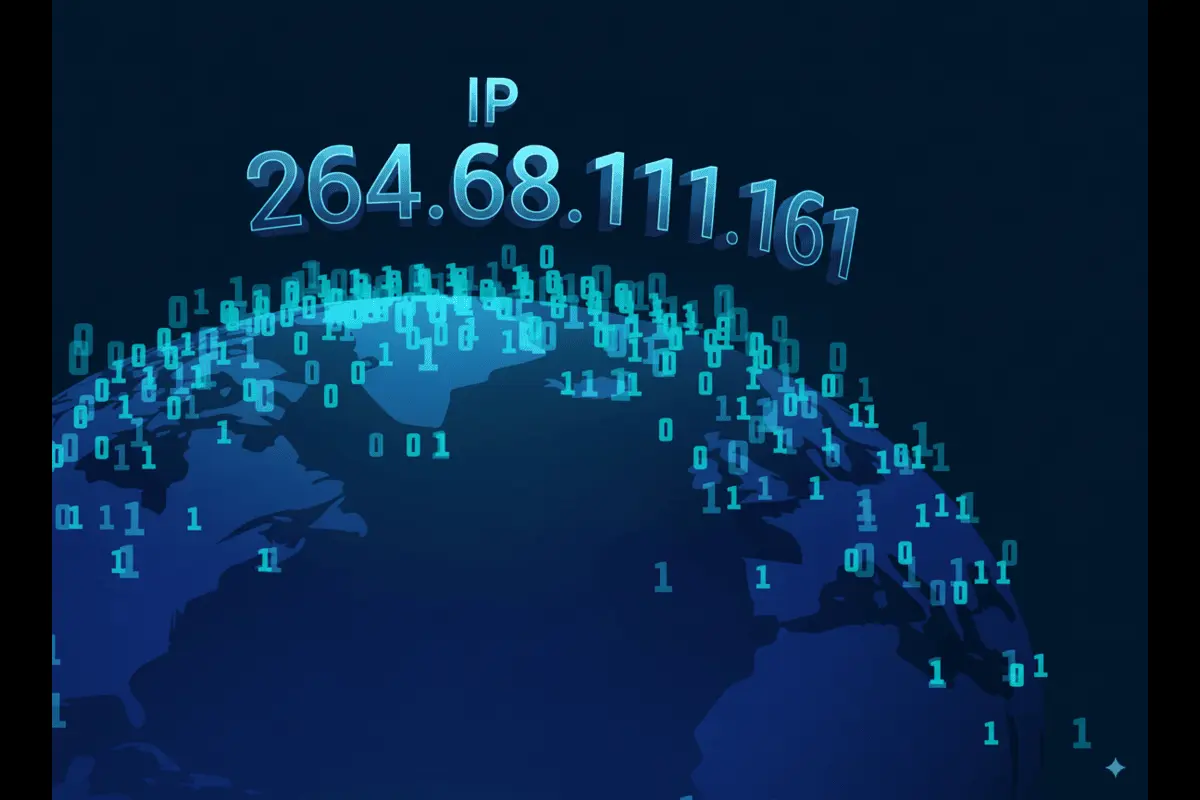Calibration, or kalibraatio, is vital for accurate measurements in mittausjärjestelmät (measurement systems). It ensures that instruments provide reliable data. This process is crucial in many industries.
Without proper calibration, measurement errors can occur. These errors can lead to costly mistakes and safety issues. Regular calibration helps prevent these problems.
Calibration involves comparing device measurements to a known standard. This ensures precision and consistency. It is a key part of quality control.
Understanding kalibraatio can enhance process optimization. It plays a significant role in maintaining high standards. This guide will explore its importance and impact.
What is Kalibraatio?
Kalibraatio is the process of fine-tuning and confirming the accuracy of measuring instruments. It involves comparing the instrument’s output to a reference standard. This ensures the device produces precise measurements, crucial for maintaining consistency in operations.
Calibrating devices can involve various methods, depending on their function and use. The main purposes of kalibraatio are:
- Enhance measurement precision
- Maintain regulatory compliance
- Reduce errors in data reporting
Proper kalibraatio helps improve efficiency and reliability across systems. It ensures that all readings are accurate and dependable. This foundational practice is indispensable in many technical fields.
The Importance of Kalibraatio in Measurement Systems
Kalibraatio is essential for ensuring that measurement systems deliver consistent results. It prevents inaccuracies that can lead to costly errors and inefficiencies. Missteps in data can result in product defects and safety issues. Thus, regular calibration is vital for maintaining high standards.
Accurate calibration supports several goals, including:
- Upholding quality standards
- Preventing measurement discrepancies
- Minimizing safety risks
By regularly performing kalibraatio, companies can optimize processes and reduce waste. It plays a critical role in maintaining the integrity and performance of measurement systems.
Key Components of Kalibraatio
Kalibraatio involves several key elements to ensure precise measurements. It requires proper tools and adherence to specific standards. Each component plays a significant part in the overall accuracy of measurements. These elements combine to deliver reliable results.
Key components include:
- Reference standards
- Calibration procedures
- Documentation practices
By focusing on these components, organizations can enhance their measurement processes and meet industry standards. Proper calibration is crucial for maintaining optimal performance of systems.
Mittalaitteet and Their Role
Mittalaitteet, or measurement devices, are central to Calibration. They need regular calibration to function accurately. Properly calibrated mittalaitteet ensure that data collected is reliable.
Role of mittalaitteet includes:
- Collecting accurate data
- Ensuring system reliability
- Supporting quality control
Regular checking and adjustment of these devices minimize errors, ensuring process efficiency and accuracy.
Prosessien Optimointi Through Calibration
Calibration is vital for prosessien optimointi. It helps streamline operations by ensuring consistent measurements. Accurate calibration leads to fewer errors and downtime.
Calibration supports optimization by:
- Reducing waste
- Enhancing productivity
- Ensuring product consistency
With proper calibration, organizations can achieve smoother operations and better resource management. This improves overall process efficiency significantly.
The Process of Kalibraatio
Kalibraatio is a precise process that ensures measurement accuracy. It involves several critical steps, starting with detailed preparation. Each step is essential for achieving optimal results and maintaining the standards.
Steps involved in the Calibration process:
- Preparing measurement systems
- Performing calibration
- Verification and documentation
By following these steps, organizations can ensure that their measurement devices are reliable and effective.
Step 1: Preparing Measurement Systems
Preparation is the initial step in kalibraatio. It involves getting the measurement systems ready for calibration. This ensures that the devices are functioning correctly.
Key preparation activities:
- Clean the devices
- Assemble necessary equipment
- Check initial device settings
Thorough preparation can prevent errors, setting the stage for successful calibration.
Step 2: Performing Calibration
Once prepared, it’s time to perform calibration. This involves adjusting the instruments to match specific standards. Precision is crucial in this phase.
Calibration activities include:
- Use reference standards
- Adjust device settings
- Conduct multiple trials
Performing calibration accurately ensures that devices deliver consistent and precise results.
Step 3: Verification and Documentation
The final step is verification and documentation. After calibration, verifying measurements confirms accuracy. Proper documentation ensures compliance and future reference.
Verification and documentation tasks:
- Compare results with standards
- Record calibration data
- Issue certificates
This step is vital for maintaining records and ensuring audit readiness.
The Impact of Accurate Kalibraatio on Industries
Accurate kalibraatio significantly influences various industries. It ensures that products meet quality standards and operational safety is maintained. Without proper calibration, processes could suffer from inefficiencies and errors.
Industries that benefit from Calibration include:
- Manufacturing
- Healthcare
- Research and Development
Each field leverages precise calibration to enhance quality control and streamline operations, ensuring superior outcomes.
Manufacturing
In manufacturing, kalibraatio is crucial for producing high-quality products. Misaligned measurements can lead to defects and increased waste.
Benefits for manufacturing include:
- Improved product quality
- Decreased production errors
- Enhanced cost efficiency
With precise calibration, manufacturing processes can operate smoothly, minimizing defects and maximizing efficiency.
Healthcare
Healthcare relies on accurate measurements for patient safety. Properly calibrated devices ensure effective diagnostics and treatment.
Kalibraatio benefits in healthcare:
- Accurate diagnostics
- Safe treatment procedures
- Enhanced patient safety
Calibration helps maintain high standards, ensuring safe and precise healthcare delivery.
Research and Development
In research and development, kalibraatio ensures experimental accuracy. It maintains data integrity, which is critical for reliable research outcomes.
Key benefits for R&D:
- Reliable experimental data
- Consistency in results
- Improved innovation processes
Accurate calibration supports groundbreaking research by ensuring robust and credible data collection.
Common Challenges in Kalibraatio
Kalibraatio faces several challenges that can impact its effectiveness. One major issue is environmental interference, such as temperature fluctuations affecting accuracy. Additionally, regular calibration schedules are often overlooked, leading to outdated equipment performance.
Some common challenges include:
- Environmental factors affecting accuracy
- Lack of standardized procedures
- Insufficient training for personnel
Addressing these challenges is crucial for maintaining reliable and accurate measurements across various applications.
Future Trends in Kalibraatio
The world of kalibraatio is evolving with technological advancements. Automation and digital tools are making calibration more precise and efficient. Emerging trends are improving processes and expanding possibilities.
Key future trends include:
- Integration of artificial intelligence
- Increased use of digital calibration tools
- Expansion of remote calibration capabilities
Conclusion: Ensuring Precision Through Effective Kalibraatio
Kalibraatio is vital for maintaining precise measurements. It ensures the reliability and accuracy of instruments across industries. Effective calibration ultimately enhances quality and safety.
By investing in regular and thorough calibration, organizations can minimize errors and improve efficiency. Precision achieved through kalibraatio strengthens trust in measurement systems.










